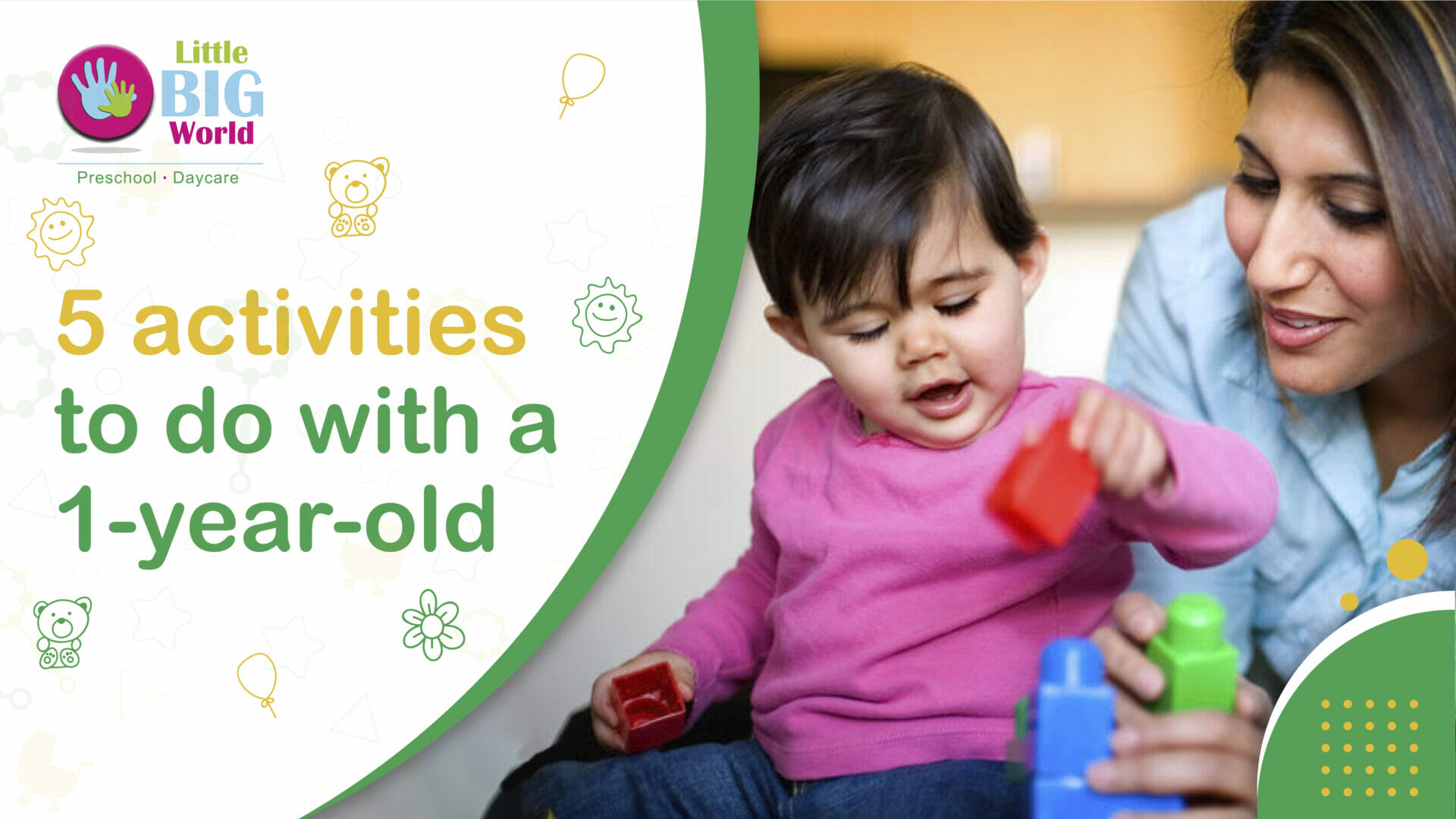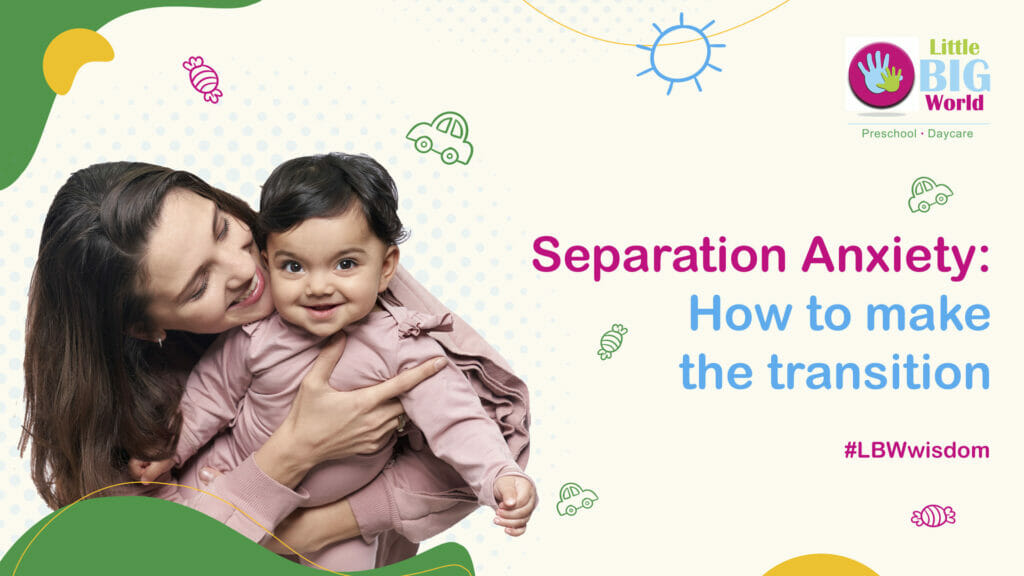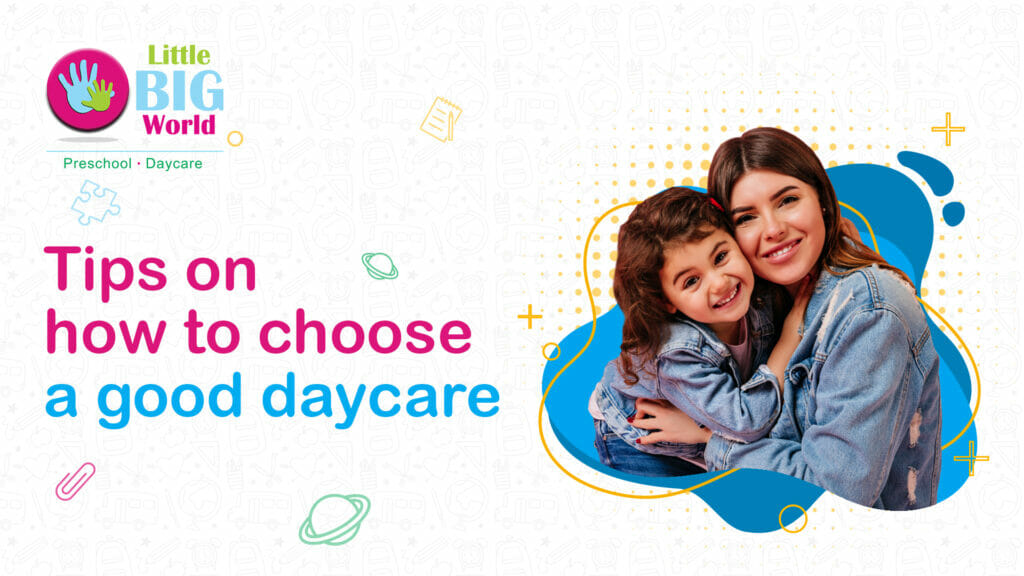Are you a new parent who is trying to juggle working from home and taking care of a child? It can be hard, we see you. Read on for the best solution!
The significance of engaging 1-year-olds
Your one-year-old is growing at an astounding rate, with their newly acquired standing or walking ability and continually advancing linguistic abilities. Children begin to behave independently, understand cause and effect, and interact with people in their surroundings between the ages of 12 months and 2 years.
A one-year-old’s growth depends on caregiver involvement, even though toddlers will do lots of exploration on their own. In reality, parents who engage with their children, stimulate them, teach them things, and expose them to challenges and experiences that are age-appropriate really foster exploration and engagement.
However, you don’t need to break out a tonne of fancy toys – straightforward activities are just as effective. Because it’s all about being playful and connecting with them, you can sit down with a youngster and develop a plethora of different activities.
What abilities is your child gaining at the age of a year?
The term “developmental milestones,” or “something most children can perform at a given age,” refers to abilities like waving, those first steps, and subsequently, putting words together.
The development of a child’s emotional and social language and communication, cognitive, and gross and fine motor abilities are all tracked by these milestones, which are useful for both parents and physicians. However, it’s crucial to keep in mind that all children develop at somewhat different rates and that these milestones are not set in stone. Always seek advice from your physician if you are worried about your child’s growth.
But in general, here’s what you may anticipate your child doing towards the 1-year mark:
-
Emotional and social intelligence
-
- Possibly reticent or uneasy towards strangers
- Weeps when their parent departs
- Has acquired a preference for certain things and individuals
- Reproduces noises or motions
- Stretches an arm or a leg while getting dressed
-
-
Communication and language abilities
-
- Responds to basic inquiries
- Makes noises that fluctuate in tone
-
-
Logical abilities
-
- Investigates items in a variety of ways like fiddling with it and shaking it
- May readily locate concealed objects
- Looks at the appropriate image whenever an object is named.
- Begins to use items properly
- Uses the pointer finger to poke
- Can adhere to basic instructions
-
-
Gross and fine motor abilities
-
- Stands up and moves forward while clinging onto objects
- Take a few steps, perhaps
- Can stand on their own
-
5 Activities to Do with A 1-year-old
Uncertain about where to begin? We’ve compiled a list of entertaining at-home learning activities for 1-year-olds.
-
Have an inviting and participatory story time
By engaging with books in ways other than simply reading the text, you may now provide your kid a more rewarding reading experience. For instance, ask questions like “Where is the child?” or “How does a dog sound?” while pointing at various individuals and items.
Your child’s linguistic skills are quickly growing at the age of one year. She will begin to associate sounds with words as she hears more spoken and read aloud to her by you. -
Solve puzzles together
Set out a couple substantial, large-piece wooden puzzles, and guide your youngster through the task. Playing with puzzles may still improve spatial awareness and problem-solving abilities even if they may still find it difficult to fit the pieces in by themselves at this age. Some suitable puzzle types are:
- Single or multiple shape puzzles where a simple shape can be fitted inside a block
- Two-piece jigsaws connecting a simple image like the head and body of an animal or the front and back of a vehicle
- Colour sorter puzzles with pegs for easier navigationDon’t forget to give them praise once they’re finished; it will help their confidence so much!
-
Take a stroll among nature
Explore together outside! At this age, nature may be a teacher in a variety of ways. Allowing your kid to experience the grass on their feet will allow them to discover different textures. Pulling themselves to get themselves up on a park bench will help them develop their gross motor skills. Scooping sand or dirt into a pail will help build their cognitive skills. Narrate your everyday activities as well. Pointing out and describing the birds, trees, and other objects in your environment supports language development.
-
Construct an obstacle crawl ramp
Encourage your kid to crawl over, under, and through numerous things in your home to help her develop their gross motor skills and a greater understanding of the world around her.
A simple technique is to cut the bottoms and tops off several cartons, then tape the pieces together to form a long tunnel. A tent or a play tunnel might also be used for this.
-
Hide and seek gamee
Peek-a-boo may develop into easy hide-and-seek games where you hide behind a chair or other nearer furniture item within the same room and inquire if they can locate you.
The youngster can explore the ideas of permanence, social connection, and role modelling through these activities.
Conclusion
You don’t need to spend a great deal of cash to keep your child occupied, despite the fact that it may feel like they require a lot of your attention. Instead, all you need to do is be creative, imaginative, and ingenious. There will be play. There will be fun. We swear.



